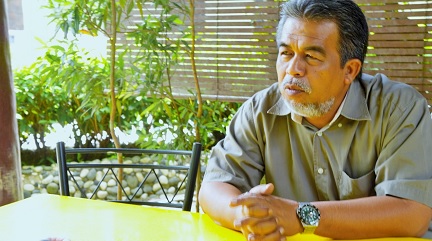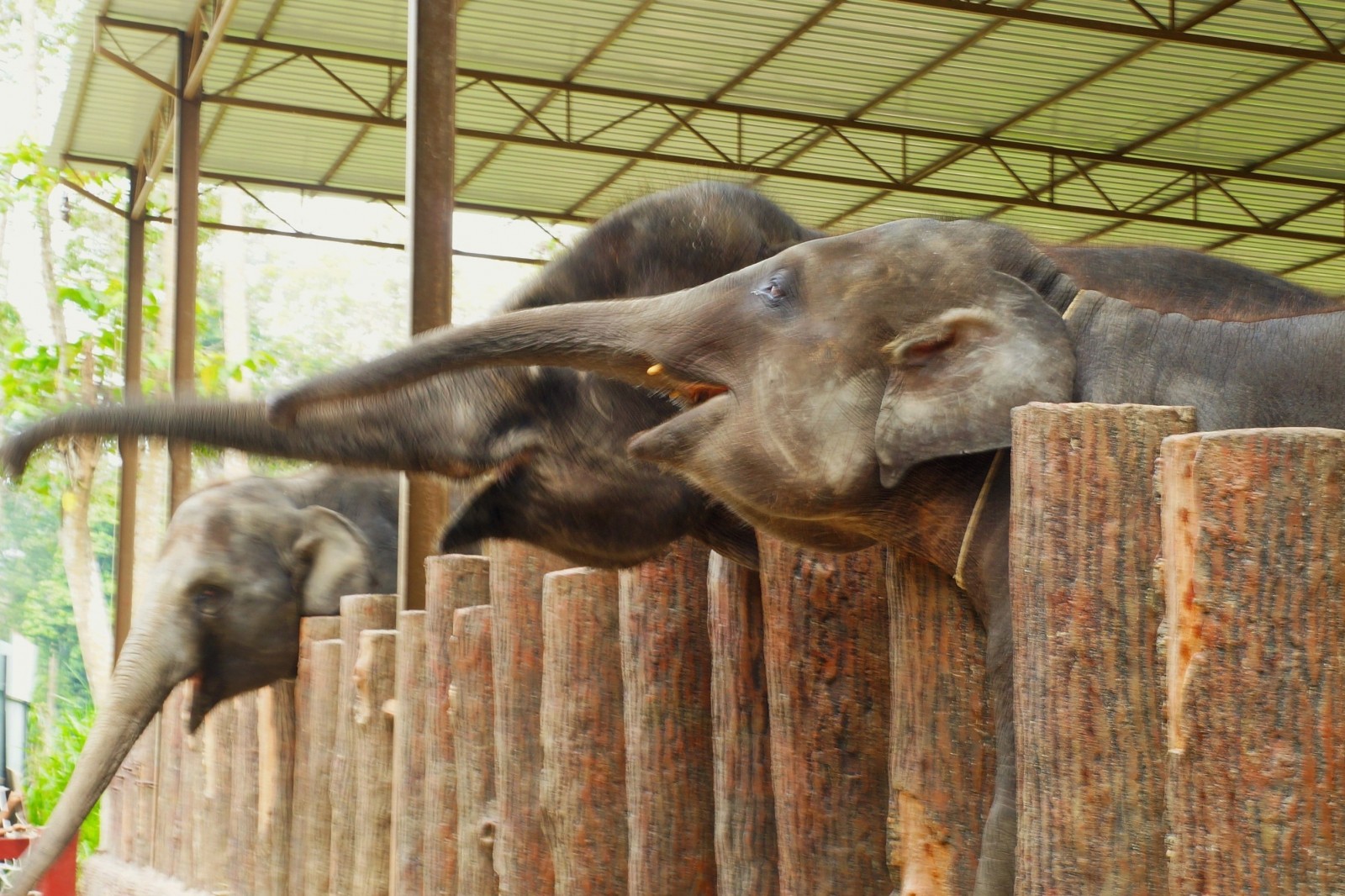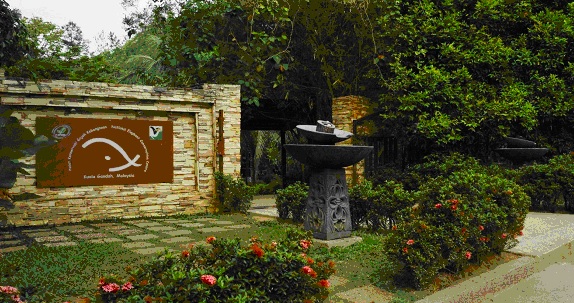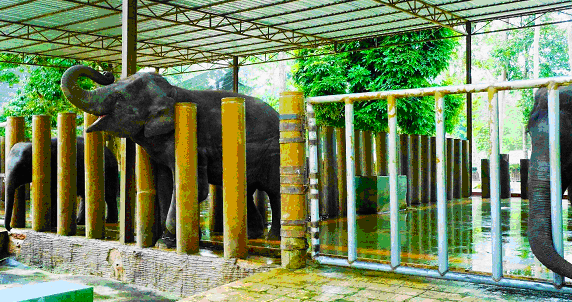By #TEAMMAYLEE
brats@thestar.com.my
Elephants undergo migration to other forests every year. Through deforestation and development, this process has become complicated.
As such, they have had to raid plantations and farms in search of food. This threatened the livelihood of nearby villagers and created a need to find a safe haven for elephants so there is no elephant-human conflict.
This is where the National Elephant Conservation Centre (NECC) steps in. In charge of preserving and relocating elephants, the NECC takes care of lost and abandoned elephants as well as plays an active role in helping the translocation of these majestic creatures. Translocation is the act of relocating elephants from non-conducive areas to a better habitat where they can rehabilitate.
“We are living together with the animals in this world, so we must try to live in harmony with them,” – The head of NECC’s Elephant Translocation Unit, Nasharuddin bin Othman
NECC tour guide Muhamad Nur Hanafi bin Saudi, 19, believes that relocating and housing elephants in a sanctuary is important for the betterment of the elephants.
He explained that elephants brought up in the sanctuary usually have a lifespan of 80-90 years whereby an elephant left in the wild could only live up to 50-60 years.
The head of NECC’s Elephant Translocation Unit, Nasharuddin bin Othman, 51, has had 25 years of experience in translocation, having been relocating elephants since 1974.
Nasharuddin has been bringing elephants from Myanmar, Thailand, and India into the country in an effort to save them from extinction. His expertise also ensured the safe translocation of elephants in countries such as Singapore, Sri Lanka and Vietnam.
During the translocation process, the elephants are usually hesitant and frightened. Tamed working elephants, called Koonkies, would lend their help in the process of transportation of wild elephants.

The head of NECC’s Elephant Translocation Unit, Nasharuddin bin Othman, 51, has had 25 years of experience in translocation, having been relocating elephants since 1974.
Due to a lack of space and funds, NECC prioritizes elephants in need which are either injured, separated from their herd or too small to survive on its own.
In the sanctuary, Lanchang is the youngest elephant aged 11 months. He was separated from his herd.
Selendang, an 11-year-old elephant, was rescued because of an injury sustained from a trap meant for a larger animal. NECC plans to make a prosthetic foot to train her to improve her walking.
Fun fact: Rescued elephants at NECC are named according to the places they were rescued from.
The NECC may have years of experience in working to save and rehabilitate elephants, but they are not about to stop improving. “We want to make this sanctuary a centre of excellence for elephant conservation,” said Nasharuddin.
“It’s important for the public to be able to visit and experience how we take care of the elephants and learn more about the best ways to care for elephants in captivity.”
Once they have recovered fully, the elephants in the NECC will be released into Taman Negara after rehabilitation where there is 4343 square kilometers of land for them to roam freely.
The elephants are monitored by collars equipped with satellite-transmitters to determine whether elephants separated from the herd can be regrouped. While it is yet to be determined if translocation is truly effective, the NECC believes that it is still worth a try if it means the conservation of these animals.
“We are living together with the animals in this world,” said Nasharuddin. “We must try to live in harmony with them.”
















Tell us what you think!